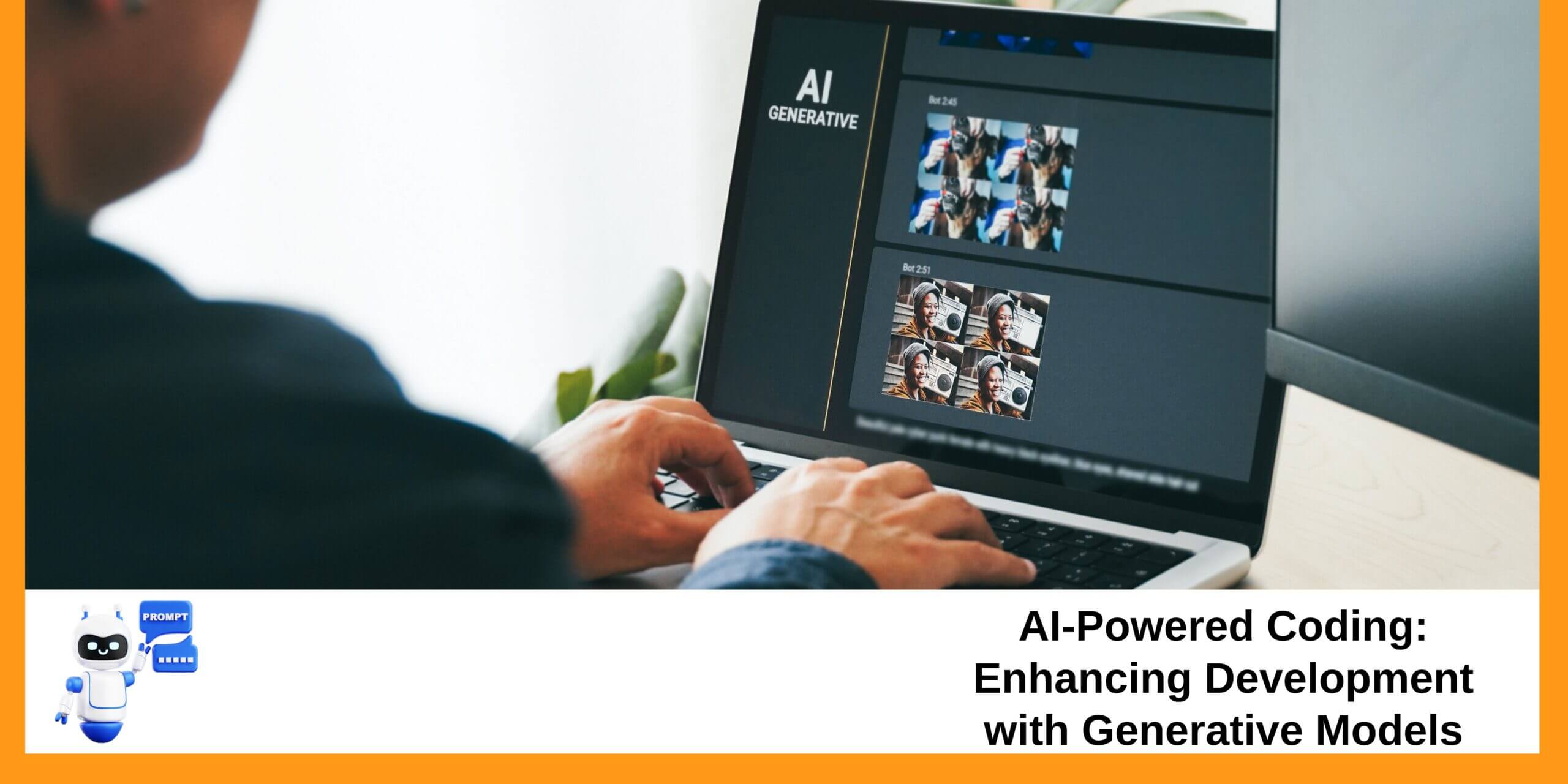Introduction to Artificial Intelligence for Understanding Language
- Created By shambhvi
- Posted on April 10th, 2025
- Overview
- Prerequisites
- Audience
- Curriculum
Description:
In today’s digital world, the demand for smarter, more intuitive software is rapidly increasing—and at the heart of this transformation lies Artificial Intelligence. One of the most impactful applications of AI is in understanding and processing human language. This one-day training session offers a practical and accessible introduction to Natural Language Processing (NLP), the branch of AI focused on enabling machines to understand, interpret, and respond to human language.
Participants will gain a solid foundation in the core concepts, techniques, and real-world applications of NLP. Through hands-on examples and interactive discussions, this course demystifies how AI is used to power language-based tasks such as sentiment analysis, text classification, language generation, and more.
Whether you're a developer, analyst, or tech enthusiast, this course equips you with the essential knowledge to begin leveraging AI for language understanding in enterprise applications and beyond.
Duration: 1 Day
Course Code: BDT483
Learning Objectives:
By the end of this session, participants will be able to:
- Understand the fundamentals of Natural Language Processing (NLP) and how it enables machines to interpret and generate human language.
- Explore key AI techniques used in language understanding, including text preprocessing, tokenization, and encoding.
- Identify real-world applications of NLP and gain hands-on exposure to basic NLP tools and models.
- Familiarity with any programming language
- Recommended but not required:
- Basic familiarity with the Python programming language
- Software Architects
- Developers
Course Outline:
Module 1: AI Overview
- A brief overview of AI
- Machine Learning and Deep Learning, and their relationship to AI
- Applying models for prediction
Module 2: Python Essentials
- A brief review of the essentials of Python for deep learning
- Introduction to Jupyter Notebooks
Module 3: Understanding Neural Networks
- Neural network architecture
- Learned weights
- Activation functions
- Backpropagation
- Gradient Descent
Module 4: Convolutional Neural Networks (CNN)
- Kernels/Filters
- Convolutional layer
- Pooling layer
- Fully-connected layer
Module 5: AI with TensorFlow and Keras
- Introducing TensorFlow/Keras
- Sequential object
- Flatten layer
- Dense layers
- Conv2D layers
- Dropout layers
- Lab: Setting up and Running TensorFlow
- Lab: Build a Fully-Connected Neural Network with TensorFlow/Keras
- Compile model
- Optimizers
- Loss functions
- Metrics
- Dataset handling
- Training dataset
- Validation dataset
- Testing dataset
Module 6: Building CNN Models
- Lab: Crafting a CNN Model using TensorFlow/Keras
- Hyperparameter tuning
- Filters
- Layers
- Nodes
- Batch size
Module 7: Model Evaluation and Optimization
- Lab: Evaluate the Learning Curve to Improve the Model
- Learning curve
- Epochs
- Accuracy
- Loss
- Underfitting/Overfitting
Training Content Provided: Yes (Digital Format)


